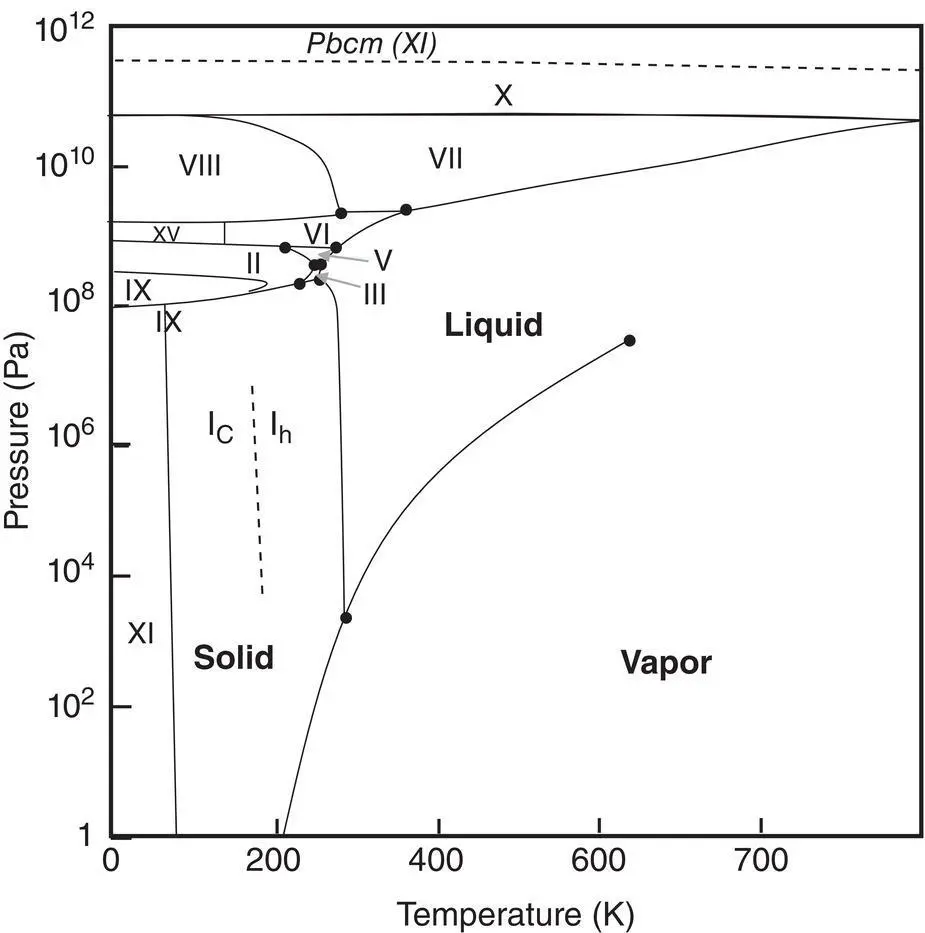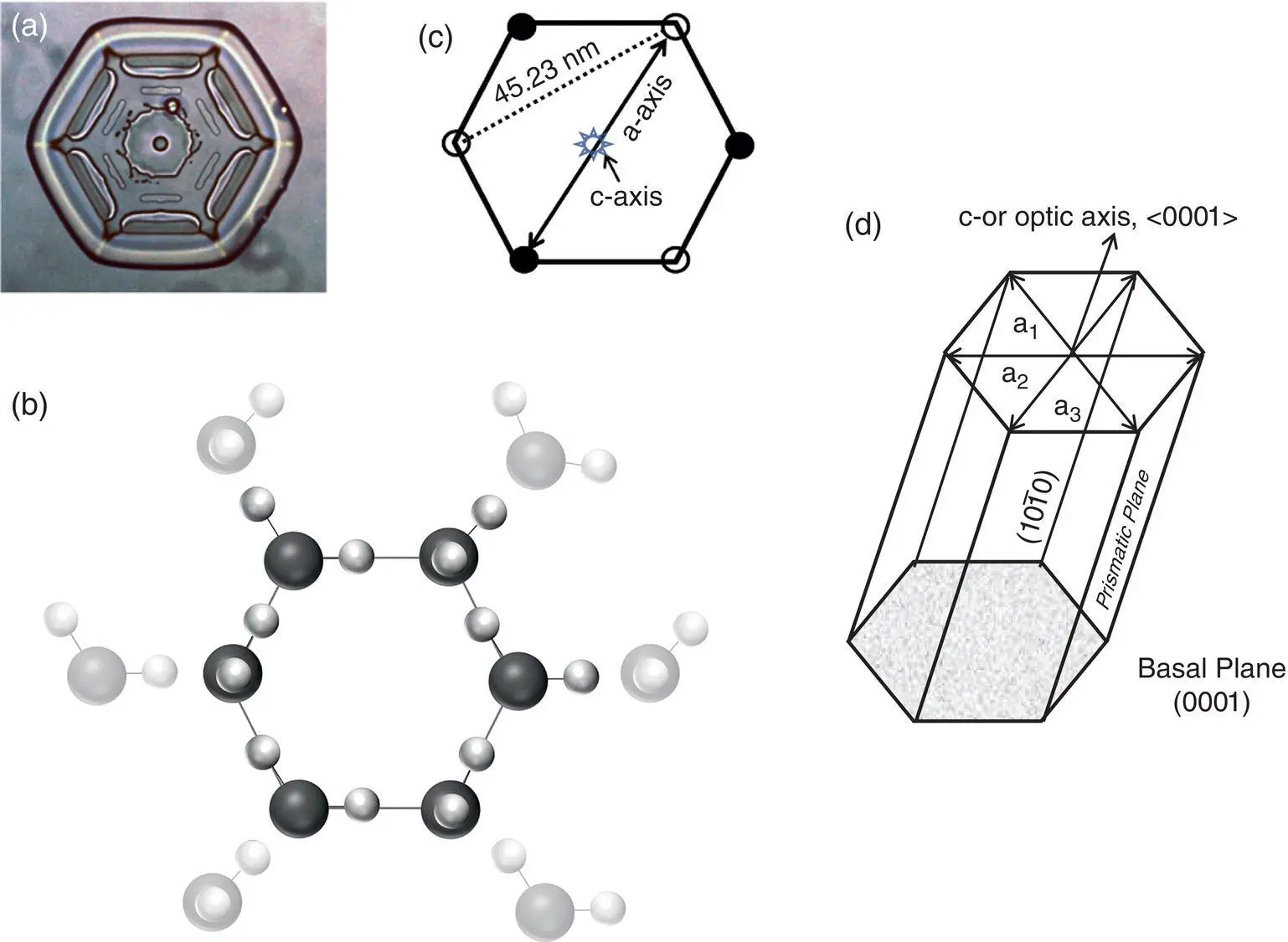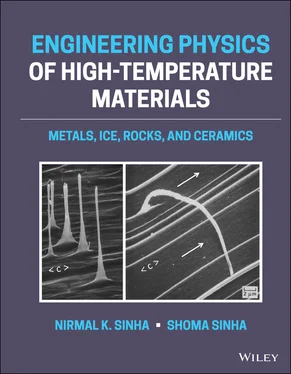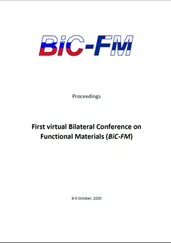A complete change of physical form or substance is called metamorphosis. Thermomechanical processes occurring on pre‐existing rocks within Earth's crust produce irreversible physical changes in their texture, structure, and mineralogical characteristics; and the product is known as a metamorphic rock. Metamorphism can take place near igneous intrusions, called contact metamorphism, or over large areas, called regional metamorphism. The latter occurs as a result of tectonic plate movements.
Two primary types of rocks are seen in regionally metamorphosed rocks: foliated and nonfoliated. Marble and quartzite are common examples of nonfoliated metamorphic rocks. Marble is metamorphosed limestone, and quartzite is metamorphosed sandstone. Slates, phyllites, schists, and gneisses are examples of foliated metamorphic rocks. Mechanically, they exhibit anisotropy because foliated layers may display weakness as well as strength depending on their material characteristics. Naturally, permeability, strength, deformation, and hence seismic response are affected by direction of foliation in foliated metamorphic rocks (West 1995).
Rocks formed due to the solidification of lava or magma on or below Earth's surface are called igneous rocks. Since the solidification of molten rocks depends upon the mode of cooling and the rate of heat transfer, texture (size, shape, and arrangements of grains) and mineral composition of igneous rocks depend on the place of cooling. Extruded lava and flowing lava are subjected to rapid cooling rates and tend to produce fine‐grained and relatively homogeneous materials. The size and shape of the grain and the mineral composition of solidified magma depend on the depth below Earth's surface due primarily to decrease in the cooling rate with increase in depth. The cross‐sectional grain sizes increase with decrease in the rate of solidification, and hence increase in depth. For convenience, igneous rocks are divided into three basic types: extrusive (or volcanic), hypabyssal, and intrusive (or plutonic). Extrusive igneous rocks are fine grained, and intrusive igneous rocks are very coarse grained. Granite, diorite, and gabbro are examples of coarse‐grained intrusive type of igneous rocks.
2.6 Ice: The Second Most Abundant Natural Polycrystalline Material
Sea ice encompasses a large part of the sea surface in the Arctic and in the Antarctic. It is not only crucial to Arctic life – from majestic large animals, like polar bears, to miniscule plankton – but also believed to influence global weather patterns, and provides a measure of climate change. The average Arctic Sea ice cover between 1981 and 2010 was 15.6 million square kilometers. By 2015/2016, this had reduced to about 14.5 million square kilometers. Despite its abundance and importance, most materials scientists would not generally think of ice as part of their studies of solid materials.
Ice is the solid state of water. In the field of ice engineering, its thermal state and engineering properties are discussed in terms of its temperature below the melting point, T m, which is around 273 K or slightly below, depending on pressure and inclusions.
Compared to many materials, ice has some unique properties. The density of most materials increases when they solidify. For this reason, the solid state is heavier and sinks to the bottom. However, the competition between van der Waals attractions and hydrogen‐bond‐driven expansion leads to solid ice being less dense than its melt (Brini et al. 2017). Ice is thus lighter than water and floats on top. This simple fact enables life to thrive in water under ice‐covered regions of the globe. This density difference also results in rather unique changes with the application of pressure. Due to the reduced density upon solidification, the slope of phase boundary between the solid and liquid on the pressure–temperature phase diagram is negative, whereas it is positive for most other materials. While applying pressure to most liquids freezes them into solids, applying pressure to ice transforms it into a liquid. For most engineering materials, this aspect may not be considered highly important, but as we go deep inside the earth, this becomes crucial and complicates the simplistic use of the melting point for defining a solid from its liquid state. This naturally leads to the use of viscous state for materials at great depths.
There are at least 17 known crystalline forms of water (Brini et al. 2017). Thus, the phase diagram of water has several triple points, as well as one critical point and possibly more (Mochizuki and Koga 2015). A simplified phase diagram is presented in Figure 2.12. It can be seen that one of the most familiar phases of ice, given pressure and temperature conditions on Earth's surface, is hexagonal ice, I h.
The hexagonal structure of ice, I h, cannot be easily seen in bulk ice, but can be readily seen sometimes, under drier conditions/low humidity, in a single freshly fallen flake of snow ( Figure 2.13). The structure is noticeable because a snowflake forms by the accumulation of water molecules (H 2O) directly from the vapor phase to solid state. Solidification from the vapor phase is relatively slower in the upper atmosphere (due to low pressures and temperatures) than that from liquid water, and this slow growth allows for the demonstration of the hexagonal crystal structure of ice, I h. In ice, the basic hexagonal structure is driven by the hydrogen‐bonding interactions between six molecules, but all six oxygen (O) atoms are not in one plane. Figure 2.13b illustrates the arrangement of water molecules forming I h. Out of the six O‐atoms, three are in one plane and the other three are on a different plane. Figure 2.13c illustrates a schematic diagram of the basal plane of I h, showing the locations of the oxygen atoms (open and closed circles in two slightly different planes, 9.23 nm apart), c ‐axis, or optic‐axis (perpendicular to the page), and one of the three a ‐axes; broken line joining two oxygen atoms in the same plane provides a measure of the distance (45.23 nm) between molecules. A standard snowflake can be made up of over a quintillion (10 18) molecules. While the I hstructure forms the basis, temperature and humidity also play a role in the growth of plates, prisms, dendrites, columns, and even needles. This variety combined with natural defects that occur during crystal growth gives rise to the beautiful variation of snowflakes (Brini et al. 2017).

Figure 2.12 Simplified phase diagram of water showing stable ice polymorphs.
Source: Adapted from Chaplin (n.d.) and Brini et al. (2017).

Figure 2.13 Snowflake and hexagonal ice. (a) Natural snowflake photographed near the North Pole by N. K. Sinha in 1989.
Source: International Glaciological Society (2009).
(b) Arrangement of water molecules forming a hexagonal structure with surrounding water molecules in gray. (c) Positions of oxygen atoms in (0001) or basal plane. (d) Hexagonal prism with three equatorial axes: a1, a2, and a3, and one c ‐axis or optic‐axis, ˂0001˃.
As defined in Section 2.1, ceramics are inorganic materials primarily held by covalent or ionic bonds. The ceramic class of materials thus encompasses a broad range of materials, including the network glasses explored in Section 2.4. In this section, we focus on crystalline ceramics and ceramic composites.
Читать дальше














